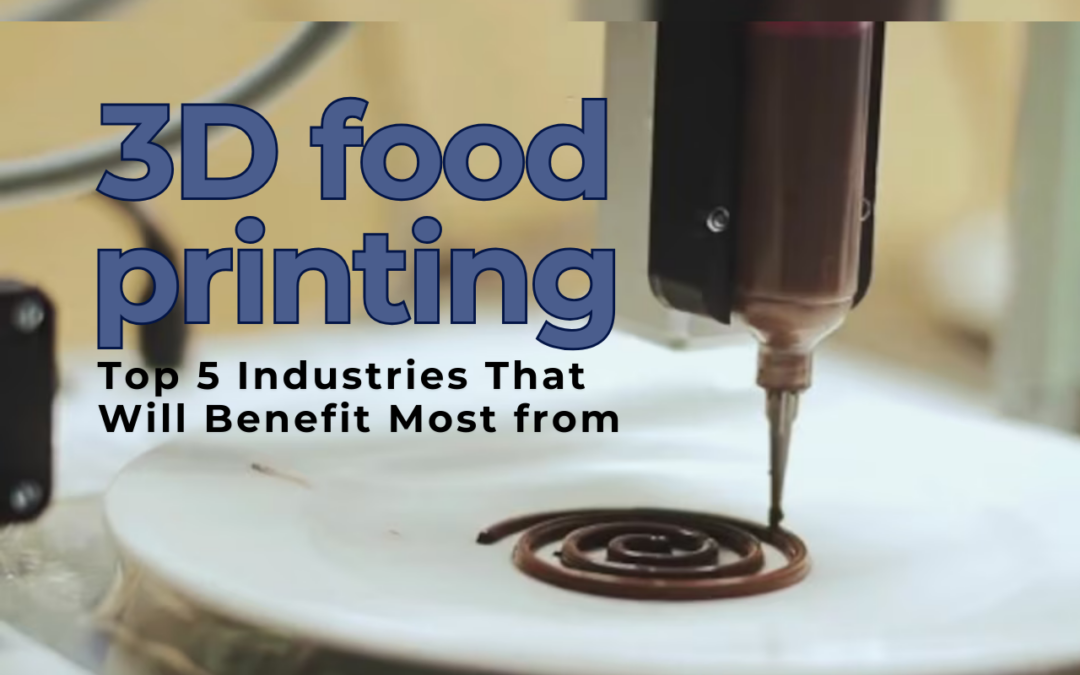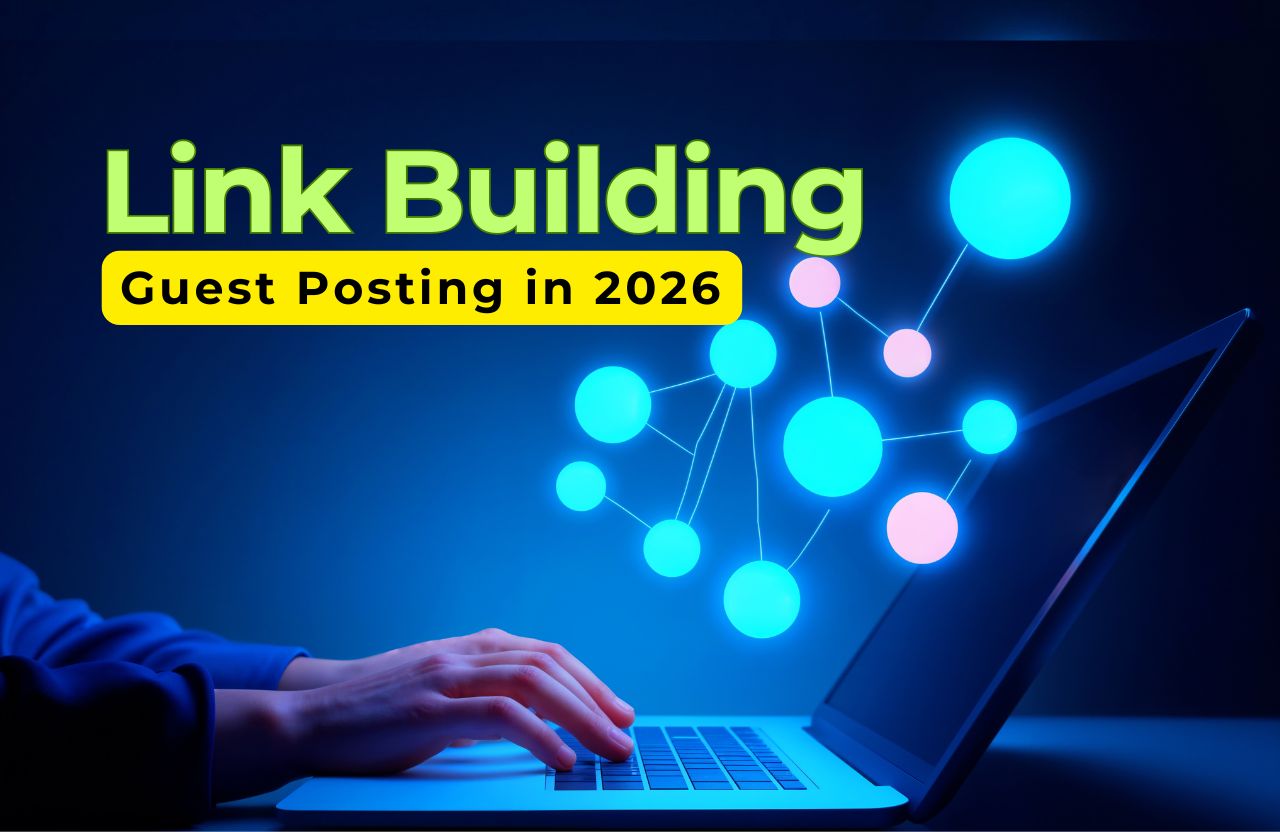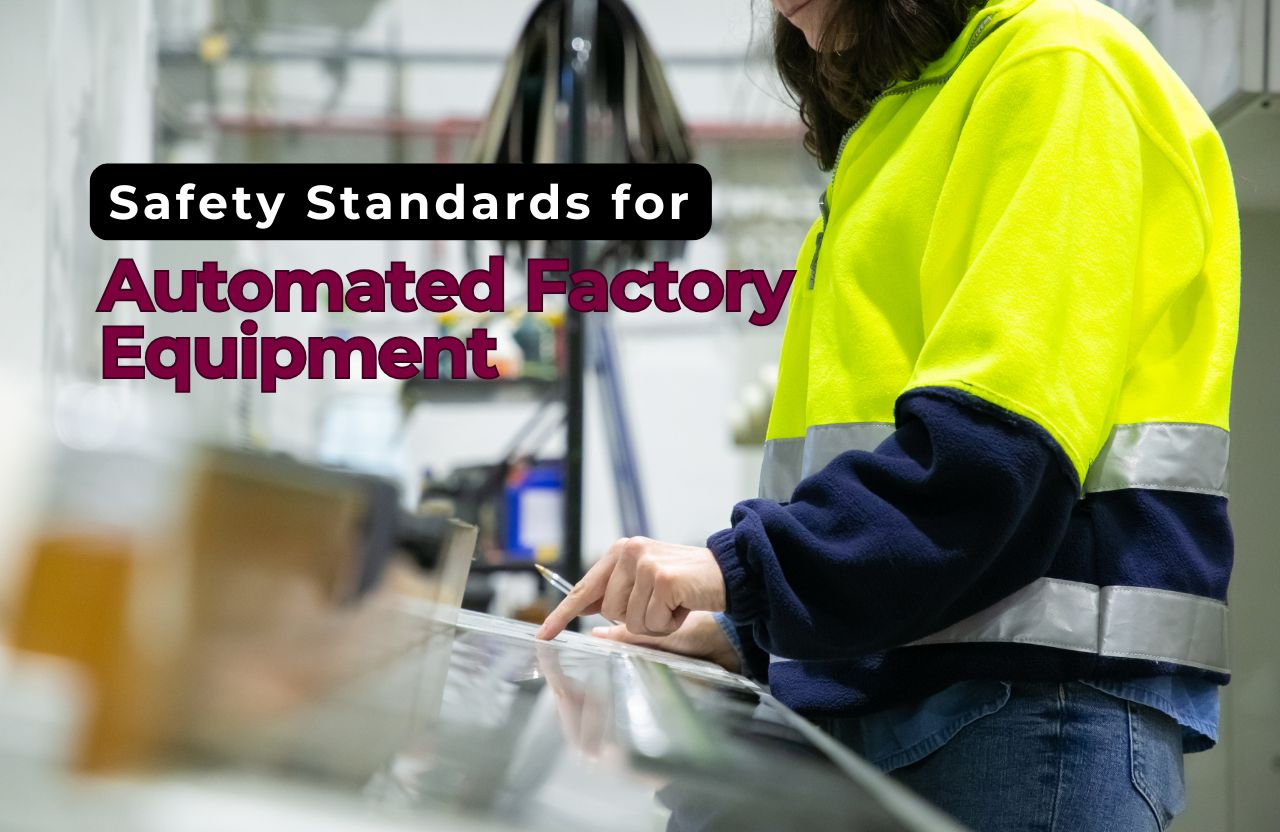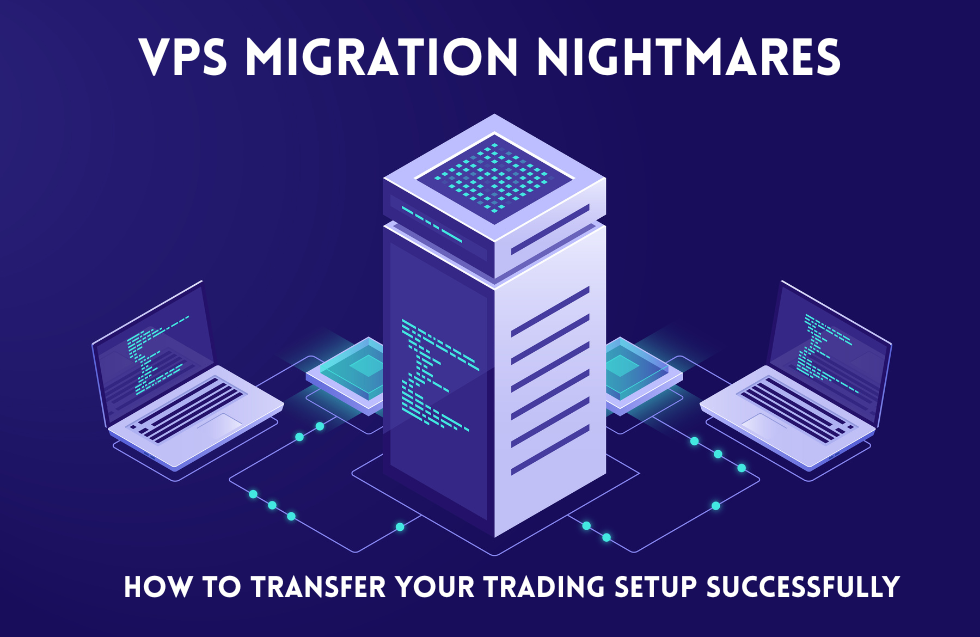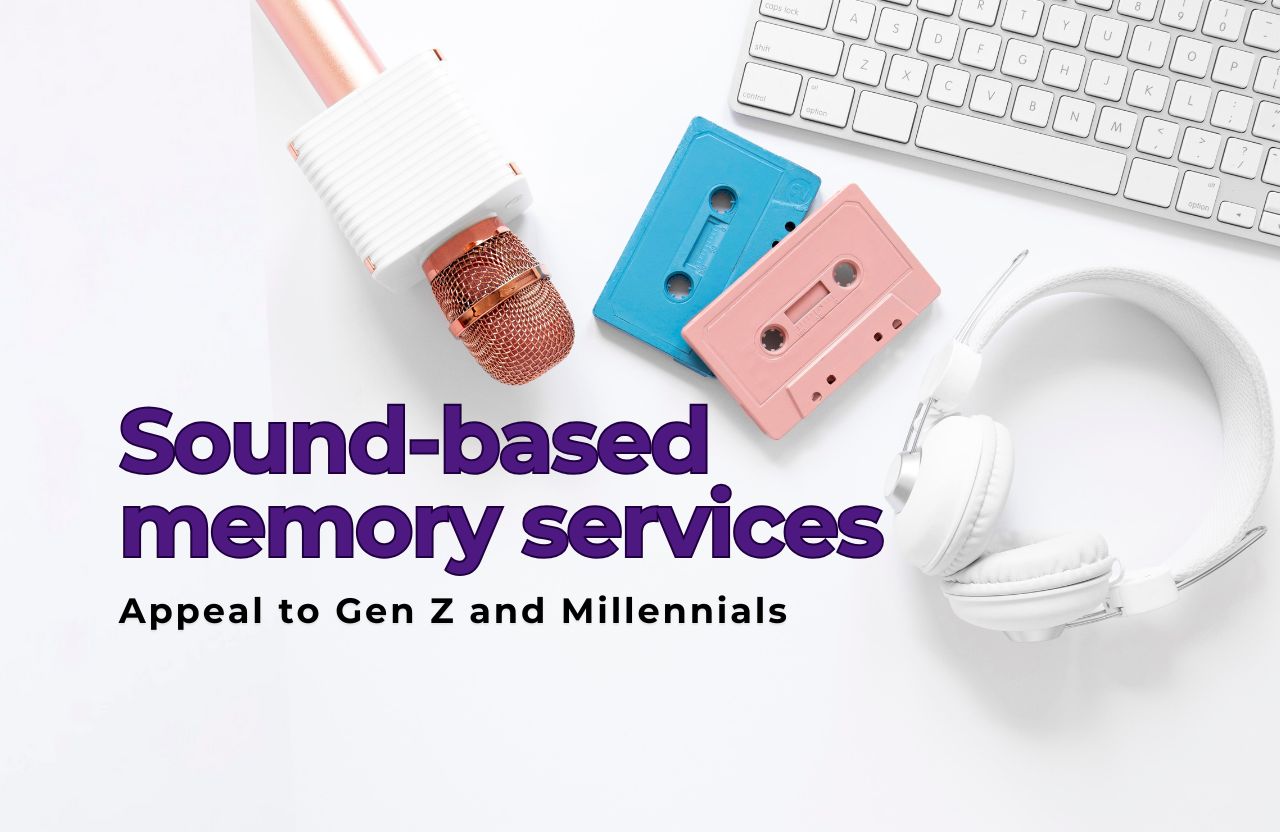3D food printing is revolutionizing the way we think about food production, preparation, and presentation. As this technology continues to advance, it holds the potential to transform various industries by offering innovative solutions for customization, sustainability, and efficiency. Here are the top five industries that will benefit most from 3D food printing:
1. Hospitality and Culinary Arts
The hospitality industry thrives on creativity and presentation, making it an ideal sector for 3D food printing. Chefs can design intricate, customized dishes that would be impossible to create by hand. This technology allows for:
- Personalized dining experiences: 3D food printers enable chefs to cater to individual tastes and dietary requirements, allowing them to craft meals with specific flavors, textures, and nutritional content. Imagine a dessert tailored to someone’s favorite flavors, or a main course designed with a guest’s dietary restrictions in mind.
- Artistic food presentations: With 3D food printing, chefs can create stunningly intricate designs and complex geometric patterns that elevate the dining experience. This technology opens up new possibilities for avant-garde cuisine, where the presentation is as important as the taste.
- Efficient production: In high-end restaurants where time is of the essence, 3D food printers can produce complex garnishes and components quickly and consistently. This efficiency helps reduce preparation time, allowing chefs to focus on other aspects of meal creation.
- Event Catering Innovations: Event catering companies can benefit by offering unique, themed food presentations for weddings, corporate events, and parties. Custom logos, names, or designs can be printed directly onto food items, creating memorable experiences.
- Reducing Food Waste: By precisely measuring ingredients and portion sizes, 3D food printing can help reduce food waste in kitchens, contributing to more sustainable operations.
2. Healthcare and Nutrition
3D food printing has significant potential in healthcare, particularly in personalized nutrition and patient care. It can:
- Create customized meals: For patients with specific dietary needs, such as low-sodium, high-protein, gluten-free, or nutrient-enriched foods, 3D food printers can produce meals tailored to their health conditions. This personalization can enhance recovery and improve overall health outcomes.
- Produce easily digestible textures: Patients with dysphagia (swallowing difficulties) often require pureed foods, which can be unappetizing. 3D food printing can transform these purees into visually appealing, solid-looking shapes that are easy to swallow, improving the eating experience for patients.
- Enhance medication delivery: By embedding nutrients, vitamins, or even medications directly into the food, healthcare providers can ensure patients receive the correct dosage without the need for additional pills or supplements.
- Support older people: In older people facilities, maintaining proper nutrition is critical. 3D food printing allows for the creation of soft, nutrient-dense foods that are both appealing and easy to consume for older people with dental or swallowing issues.
- Addressing Malnutrition: In regions facing malnutrition, 3D food printers could be used to create affordable, nutrient-rich foods tailored to the specific dietary deficiencies of the population, contributing to better public health outcomes.
3. Space Exploration and Military
In environments where traditional food preparation is challenging, such as in space or military operations, 3D food printing offers practical solutions:
- Compact and lightweight food supplies: Space missions require food that is lightweight, compact, and has a long shelf life. 3D food printers can use shelf-stable ingredients to create fresh meals on demand, reducing the need for bulky food storage.
- On-demand meal production: For astronauts on long-duration missions or soldiers in remote locations, 3D food printing allows for the creation of meals as needed, minimizing food waste and ensuring a varied diet.
- Nutritional customization: The specific nutritional needs of astronauts and military personnel can vary based on their physical activity levels and environmental conditions. 3D food printers can adjust nutrient content to meet these needs, enhancing performance and health.
- Moral and Psychological Benefits: Having access to customized, familiar foods can boost morale and psychological well-being for individuals in isolated environments, such as space missions or extended military deployments.
- Reducing Logistics Burden: For military operations, reducing the logistics burden of transporting and storing large quantities of food supplies can be a significant advantage. 3D food printers can utilize locally sourced ingredients where possible, decreasing dependency on supply chains.
4. Food Manufacturing and Retail
The food manufacturing industry can leverage 3D printing to streamline production and offer innovative products:
- Mass customization: Traditional food manufacturing often requires significant retooling to produce new products. 3D food printing allows for the easy customization of products, such as personalized chocolates, candies, or bakery items, without the need for new molds or equipment.
- Rapid prototyping: Food companies can quickly develop and test new product ideas using 3D food printers, reducing the time and cost associated with traditional prototyping methods. This agility helps companies respond to market trends faster.
- Sustainable production methods: 3D food printing can optimize ingredient usage, reduce waste, and support the use of sustainable, alternative ingredients like plant-based proteins and insect flour. This contributes to more eco-friendly food production practices.
- Innovative Retail Experiences: Retailers can incorporate 3D food printing into their stores, offering customers the ability to personalize products on-site. This creates an interactive shopping experience that can drive customer engagement and loyalty.
- Limited Edition and Seasonal Products: Food manufacturers can easily create limited-edition or seasonal products without the need for extensive production line changes, allowing for greater flexibility in product offerings.
5. Education and Research
Educational institutions and research facilities are exploring the possibilities of 3D food printing to:
- Develop new food materials: Researchers can experiment with different ingredients and formulations to create novel food products with unique textures, flavors, and nutritional profiles. This innovation can lead to the discovery of new food sources and sustainable practices.
- Promote STEM learning: 3D food printing provides an engaging, hands-on way to teach concepts related to science, technology, engineering, and mathematics (STEM). Students can learn about chemistry, biology, and engineering principles while creating edible projects.
- Explore sustainable food sources: With the global population projected to reach 9 billion by 2050, researchers are investigating alternative food sources such as algae, lab-grown meat, and insect-based proteins. 3D food printing facilitates the development and testing of these sustainable foods.
- Interdisciplinary Research: The intersection of food science, materials engineering, and digital design opens new avenues for interdisciplinary research, leading to innovations that extend beyond food, such as bio-printing and pharmaceuticals.
- Cultural and Historical Preservation: Researchers can use 3D food printing to recreate traditional dishes with historical accuracy, preserving culinary heritage while adapting recipes for modern dietary needs.
Final Thoughts
The potential applications of 3D food printing are vast and varied, offering benefits that span creativity, health, sustainability, and efficiency. As technology evolves, its impact on these industries will likely grow, leading to a future where food production is more innovative and adaptable than ever before.
While 3D food printing is still in its early stages, the rapid pace of technological advancement suggests that it will soon become a mainstream tool across multiple sectors. From personalized healthcare solutions to sustainable manufacturing practices, the possibilities are endless. Embracing this technology could be the key to addressing some of the most pressing challenges in food production, nutrition, and global sustainability.
